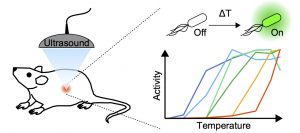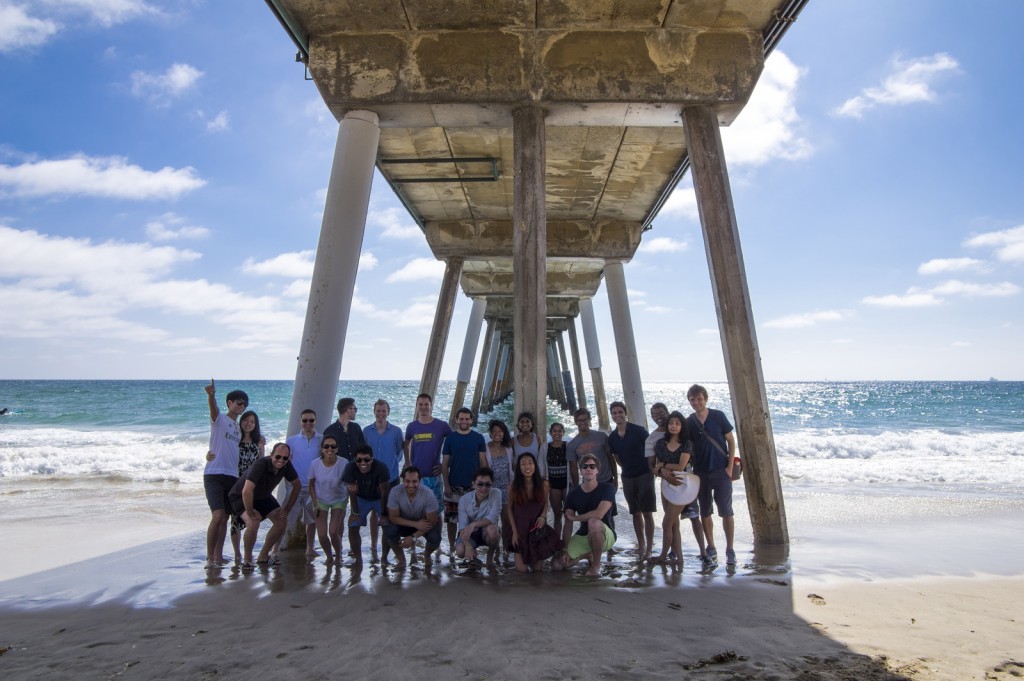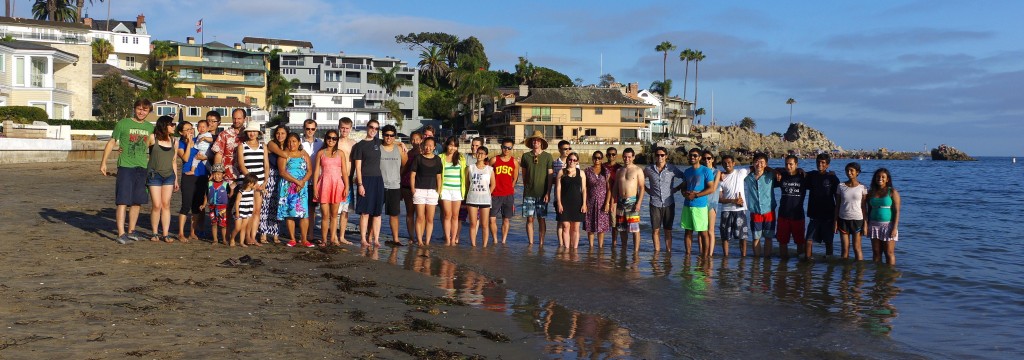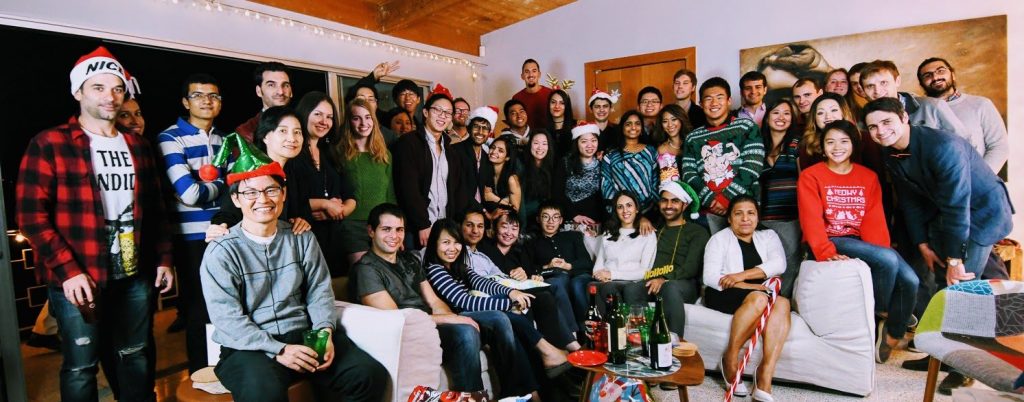
Celebrating a great year! Photobooth
Going Deeper
We develop technologies to image and control the function of cells deep inside the body. These technologies take advantage of biomolecules with unusual physical properties allowing them to interact with sound waves and magnetic fields. We apply these tools to problems in synthetic biology, neuroscience, cancer, immunology and the mammalian microbiome.
learn more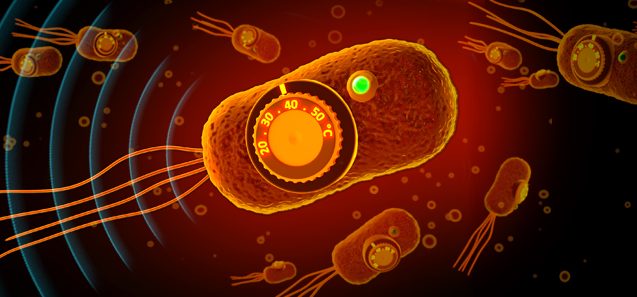
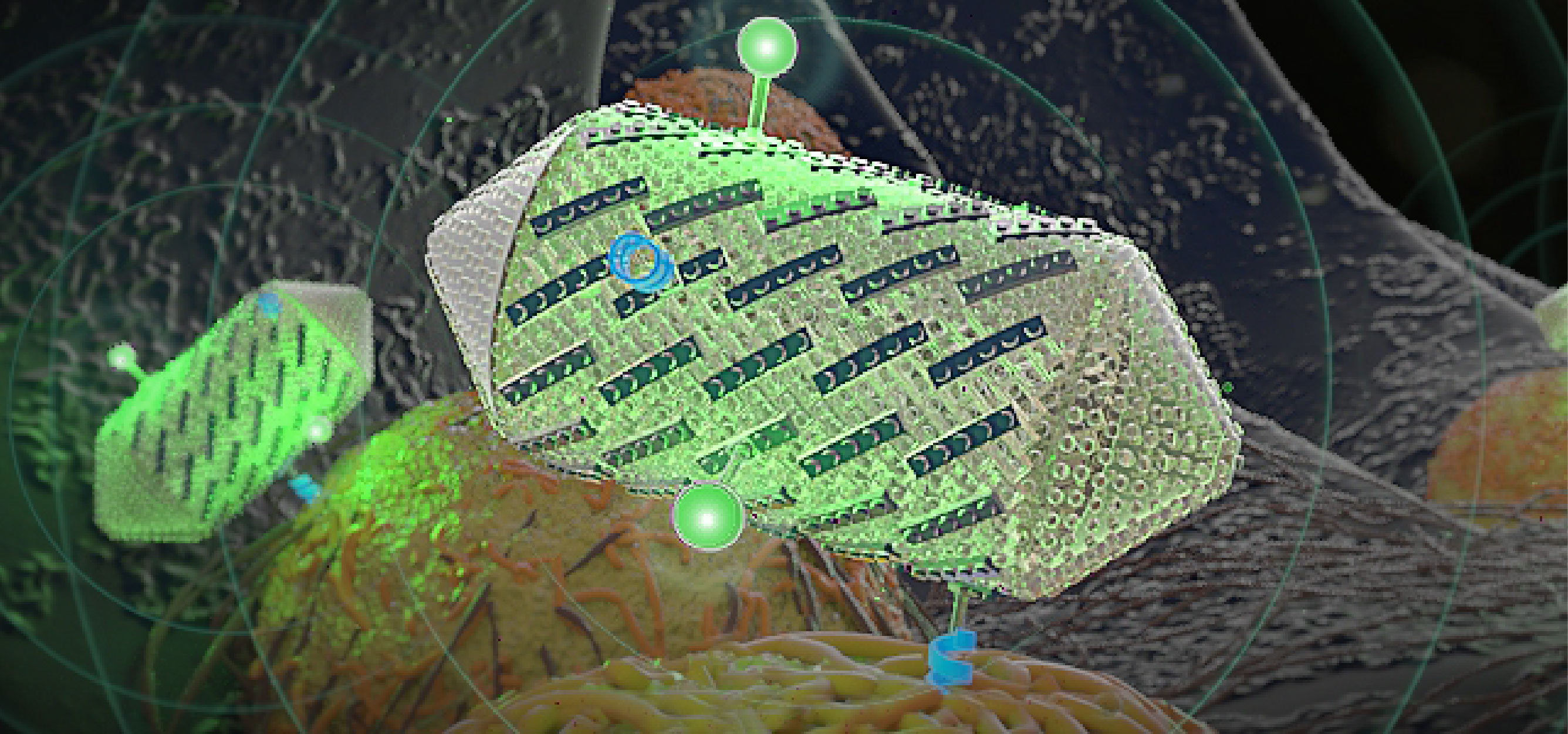
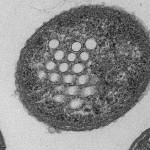
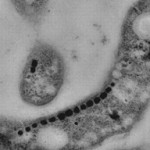
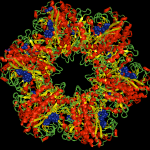
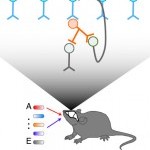

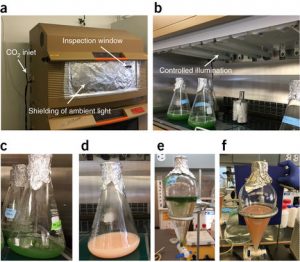
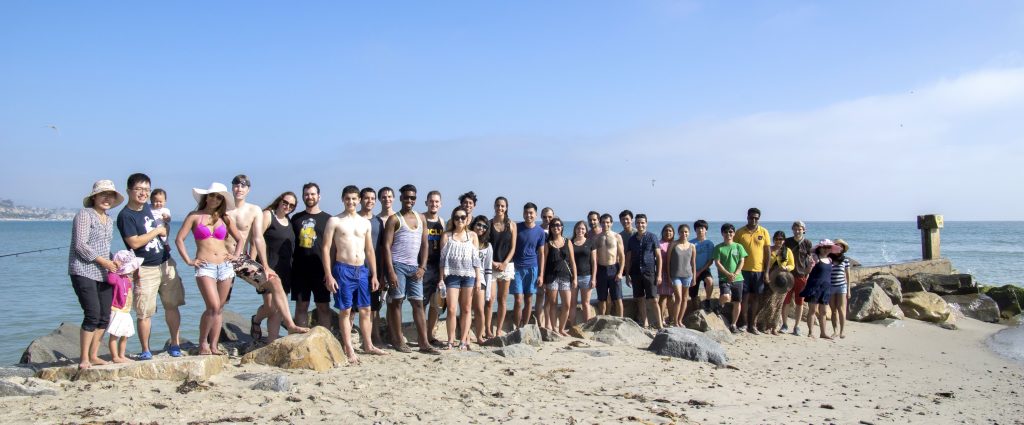
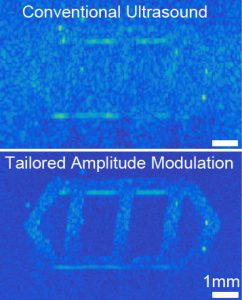 Congratulations to David, Anu, Audrey, Johan, Yu-Li, Ray and our collaborator Dennis Kochmann on their article in Applied Physics Letters describing the development of nonlinear pulse sequences to maximize ultrasound contrast from gas vesicle protein nanostructures.
Congratulations to David, Anu, Audrey, Johan, Yu-Li, Ray and our collaborator Dennis Kochmann on their article in Applied Physics Letters describing the development of nonlinear pulse sequences to maximize ultrasound contrast from gas vesicle protein nanostructures.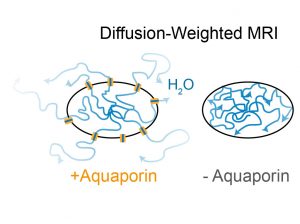 Congratulations to Arnab, Di and Hunter on their article in Nature Communications describing the membrane water channel aquaporin as a new class of reporter genes for magnetic resonance imaging.
Congratulations to Arnab, Di and Hunter on their article in Nature Communications describing the membrane water channel aquaporin as a new class of reporter genes for magnetic resonance imaging.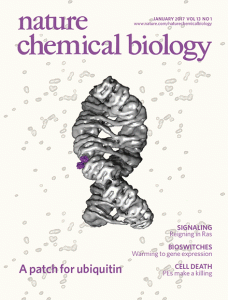 Congratulations to Dan, Mohamad, Brittany and Audrey on their article in Nature Chemical Biology describing the development of “bacterial thermostats” that allow microbial therapeutics to be controlled remotely using ultrasound, respond to fever, or know when they have exited their host.
Congratulations to Dan, Mohamad, Brittany and Audrey on their article in Nature Chemical Biology describing the development of “bacterial thermostats” that allow microbial therapeutics to be controlled remotely using ultrasound, respond to fever, or know when they have exited their host.